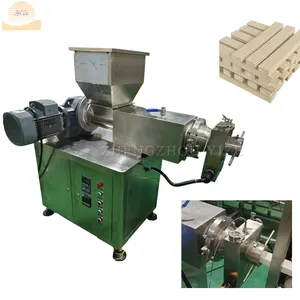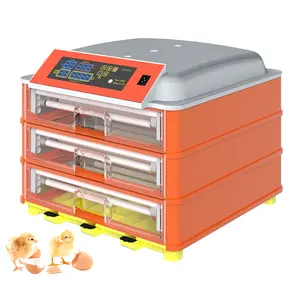Popular in your industry












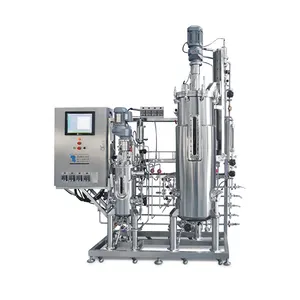










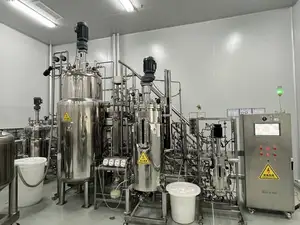















































Related Searches:































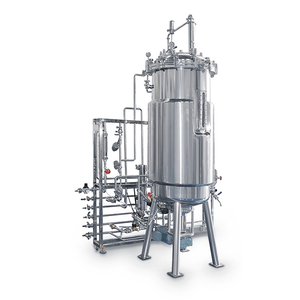




















































Top categories
About fluidized bed bioreactors
Introduction to Fluidized Bed Bioreactors
Fluidized bed bioreactors are innovative equipment used in various industries for wastewater treatment, chemical processing, and bioenergy production. These reactors utilize a unique technology that enhances the efficiency of biological processes by providing an ideal environment for microorganisms to thrive. The fluidized bed bioreactor design allows for excellent mixing, mass transfer, and heat transfer, leading to higher treatment capacities and reduced footprint compared to traditional systems.
Technical Specifications and Design
When considering fluidized bed bioreactors for wastewater treatment, key technical specifications include reactor volume, flow rates, temperature control capabilities, and material construction. These reactors typically operate at temperatures ranging from 20 to 40 degrees Celsius and can handle varying flow rates depending on the application. The design of a fluidized bed reactor for wastewater treatment is crucial for achieving optimal treatment efficiency and ensuring long-term performance.
Applications and Use Scenarios
Fluidized bed bioreactors find applications in municipal wastewater treatment plants, industrial effluent treatment, and biogas production facilities. The versatility of these reactors allows for the treatment of a wide range of organic pollutants, making them suitable for diverse industries. In the context of bioenergy production, fluidized bed bioreactors play a vital role in converting organic waste into valuable biogas through anaerobic digestion processes.
Advantages of Fluidized Bed Bioreactors
The use of fluidized bed bioreactors offers several advantages, including high treatment efficiency, compact footprint, and flexibility in operation. Compared to conventional treatment systems, fluidized bed reactors for wastewater treatment require less space and can achieve superior removal of organic pollutants. Additionally, the ability to control operating parameters in fluidized bed bioreactors allows for optimization of treatment processes.
Maintenance and Optimization
Proper maintenance of fluidized bed bioreactors is essential for ensuring continuous and reliable operation. Regular monitoring of key parameters such as dissolved oxygen levels, pH, and temperature is necessary to maintain optimal microbial activity. Cleaning and inspecting the fluidized bed bioreactor components, such as media particles and distribution systems, help prevent clogging and ensure uniform fluidization.
In conclusion, fluidized bed bioreactors represent a cutting-edge solution for sustainable wastewater treatment and bioenergy production. Their advanced design, efficient operation, and versatility make them a valuable asset for various industries looking to improve their environmental performance and resource utilization.


